While anyone can develop a melanoma, there are certain genetic traits and environmental factors that lead to an increased melanoma risk. It is important to understand these risks, as higher-risk individuals should be particularly cautious in regards to prevention and screening.
Sun exposure
Damage from repeated exposure to ultraviolet rays — from the sun or sources such as tanning beds — is a factor in roughly half of melanomas. Ultraviolet rays damage the skin’s DNA, which can lead to cancer.
Did you know? Five or more blistering sunburns before the age of 20 may increase melanoma risk by 80 percent. (American Association for Cancer Research)
Family and medical history
About half of melanoma cases are linked to an inherited genetic trait. If a close relative — a parent, brother, sister or child — has had melanoma, you are at a higher risk. Also, if you’ve had melanoma or basal or squamous cell skin cancer, you are at higher risk.
Region
Oregon is among the top 10 states for melanoma cases. On average, more than 1,200 people a year were diagnosed with melanoma from 2010-14, according to the National Cancer Institute. That amounts to 27 cases per 100,000 residents, or sixth-highest in the U.S. Within Oregon, Deschutes County had the highest incidence, with nearly 40 cases per 100,000 residents.
Race/ethnicity
Melanoma is 20 times more common in whites than African-Americans, and five times more common in whites than Latinos. If you’re white, your lifetime risk of getting melanoma is about 2.5 percent. Whites with fair skin and with red or blond hair or blue or green eyes are at increased risk.
Age
About 70 percent of cases are diagnosed in people age 55 or older. At the same time, melanoma and breast cancer are the most common types of cancer among those ages 25 to 39.
Gender
Melanoma is more common in men, but that varies by age. For those younger than 50, women are at higher risk. For those older, men are.
Sun Protection
WEAR clothing to protect you from the sun. Good options include a wide-brimmed hat, sunglasses, and lightweight, long-sleeved shirts and pants.
SEEK SHADE and try to avoid the sun between 10 a.m. – 2 p.m, when it’s strongest.
USE a broad-spectrum, water-resistant sunscreen with a sun protection factor (SPF) of 30 or more. Choose a sunscreen containing physical barriers such as zinc oxide and titanium dioxide. Generously apply it, and reapply every two hours (even on cloudy days) and after swimming or sweating.
AVOID tanning beds, which can cause skin cancer and wrinkling. If you want to look like you’ve been in the sun, consider using a sunless self-tanning product and continue to use sunscreen with it.
USE extra caution near water, snow and sand: They reflect the sun’s damaging rays.
GET vitamin D safely through a healthy diet, which may include vitamin supplements. If you need a supplement, look for vitamin D3.
CHECK your skin every month: If you notice anything changing, growing or bleeding on your skin, talk to your doctor. Skin cancer is very treatable when caught early.
Questions about Sunscreen
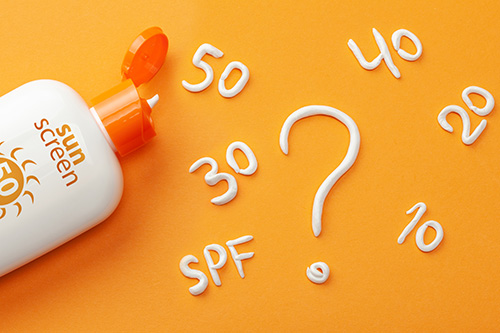
1. How much SPF do you need?
For the most part, an SPF rating between 25 and 30 will do the trick.
“You probably don’t have to go much higher than that,” Leachman said.
Ideally, Leachman said, you’d apply sunscreen similarly to the way you paint a spare room.
“If you put one coat of paint on your wall, you know it’s not going to be enough,” she said. “Put on a coat before you go out. When you get (to your destination), put on another coat.”
So why consider sunscreens with an SPF rating of 50 or higher?
“Most people don’t apply the sunscreen completely correctly,” Leachman said.
And the higher an SPF rating, the better protection you’ll get even if it isn’t applied perfectly.
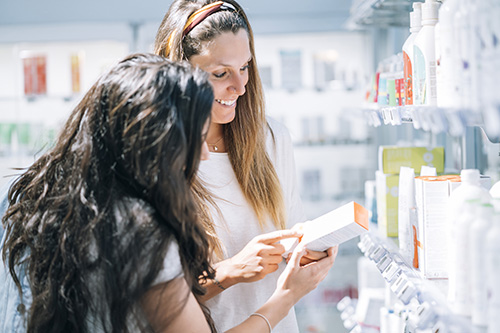
2. What are the ingredients to look for?
Leachman swears by any sunscreen that lists titanium dioxide and/or zinc oxide as its active ingredients.
“You’ve got to have those two active ingredients,” she said. “And your SPF should be at least 25. If you meet those two criteria, you’ve got a great sunscreen.”
The dermatology expert prefers mineral-based sunscreens because you typically don’t develop allergies to them. Not so with chemical sunscreens.
“Of all the agents, oxybenzone is one of the worst offenders,” Leachman said. “The more you use, the more you’re potentially sensitizing yourself to those chemical sunscreens.”
The dermatology expert suggests using products that employ avobenzone as an active ingredient. The added benefit of those compounds are that they also protect against UVA rays.
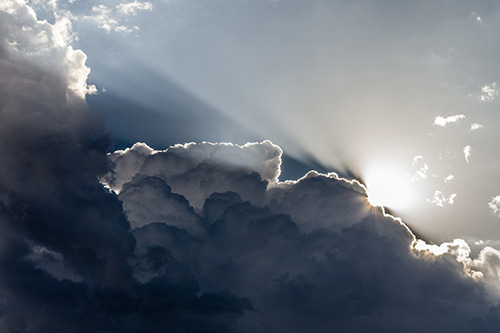
3. Yes, there’s more than one type of UV ray
There are typically two types of ultraviolet rays sunscreens try to block: UVA and UVB.
The difference is that UVB rays cause sunburns. UVA rays don’t.
Zinc oxide and avobenzone do a particularly good job of blocking the latter, according to the Environmental Working Group, a consumer non-profit. Leachman recommends looking for full-spectrum or broad spectrum products, which should contain mineral or chemical mixes that guard against both UVA and UVB light.
She also recommended covering up and standing in the shade.
“What people need to think about with sun exposure is cumulative effect,” Leachman said. “What really counts at the end of the day, over the course of your life, is how much exposure you’ve had.”
4. Spray vs. lotion vs. stick
Is there an inherent benefit in one form over another?
“I don’t think that it matters,” Leachman said. “What matters is that you get it on and the ingredients are in there.”
During visits to various retailers in the Portland area, we found that Leachman’s recommended criteria — SPF of 25 or more with a mineral blend, as pictured above — most often came in products marketed specifically for children.
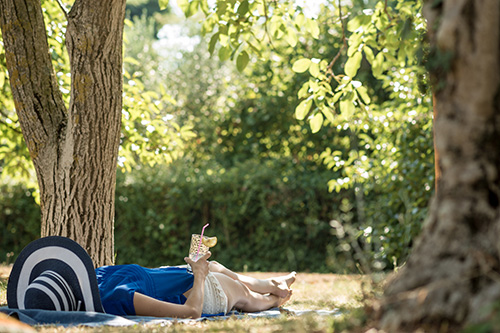
5. Plan around the sun
The sun’s rays are at their most intense between 10 a.m. and 4 p.m. Leachman says it’s always a good idea to plan outdoor outings before and after those windows to avoid the most damage from UV rays.
But, the dermatology expert says, even when you’re out during those times, hanging out in the shade — whether it’s provided by foliage or an umbrella — will help in tandem with proper sunscreen use.
“If you can stand under a tree instead of standing in direct sunlight, that’s going to make a difference,” she said. “All of those things really add up.”
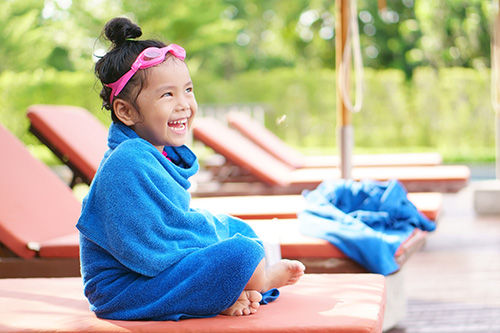
6. What about “water-resistant” or “sport” labels?
“There’s a reason the FDA required them to take water-proof off the labeling,” Leachman said.
Water resistance is a quality that sunscreens can claim after independent testing, but even then, the OHSU professor said, those tests neglect something used often in aquatic recreation: The towel.
“Everybody dries off differently,” Leachman said. “Some people will wipe off more sunscreen than others.”
Towel discrepancies aside, you never know just how much of sunscreen wears off while you’re submerged.
“If you get in the water for an extended period of time, I recommend you go ahead and re-apply either way,” Leachman said.
7. Don’t be fooled by combination bug sprays/sunscreens
“It’s a great idea. It’s ingenious. Why not put them both in one container and do it all in one shot?” Leachman said.
Unfortunately, those combination products are exclusively chemical compounds — none of the bug spray sunscreens on the market list minerals as the active ingredient.
The Centers for Disease Control also suggests using the products separately since sunscreen needs to be re-applied more often than bug repellant.
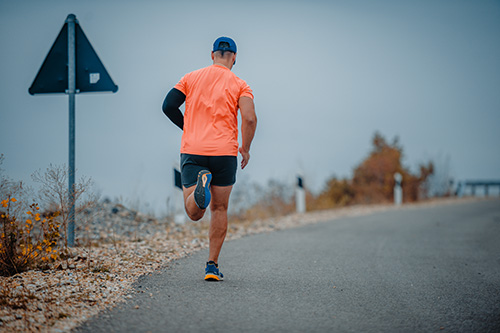
8. Don’t let your guard down on cloudy days
“The thing I’d like to say for Oregonians is that just because it’s cloudy doesn’t mean you’re not getting UV,” Leachman said. “And just because you didn’t get a sunburn doesn’t mean you didn’t get UVA.”
Oregonians aren’t safe just because the sun goes away for much of the year — to 80 percent of UV rays still penetrate that cloud cover.
Even on cloudy days, Leachman recommends covering up when the sun’s rays are the most intense. The doctor stresses that you tailor your outdoor habits to your unique skin type.
“People with red skin and freckles. People with moles. People with photosensitivity. Those people need to realize their skin is more vulnerable than people who don’t have those features,” she said. “You need to live in the skin that you’re in. And you need to protect it.”
